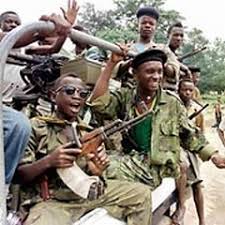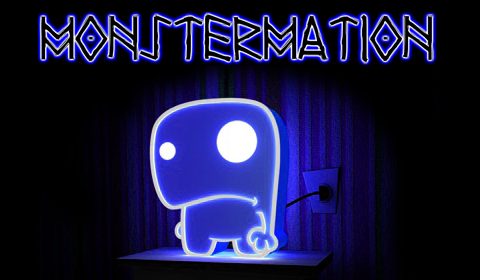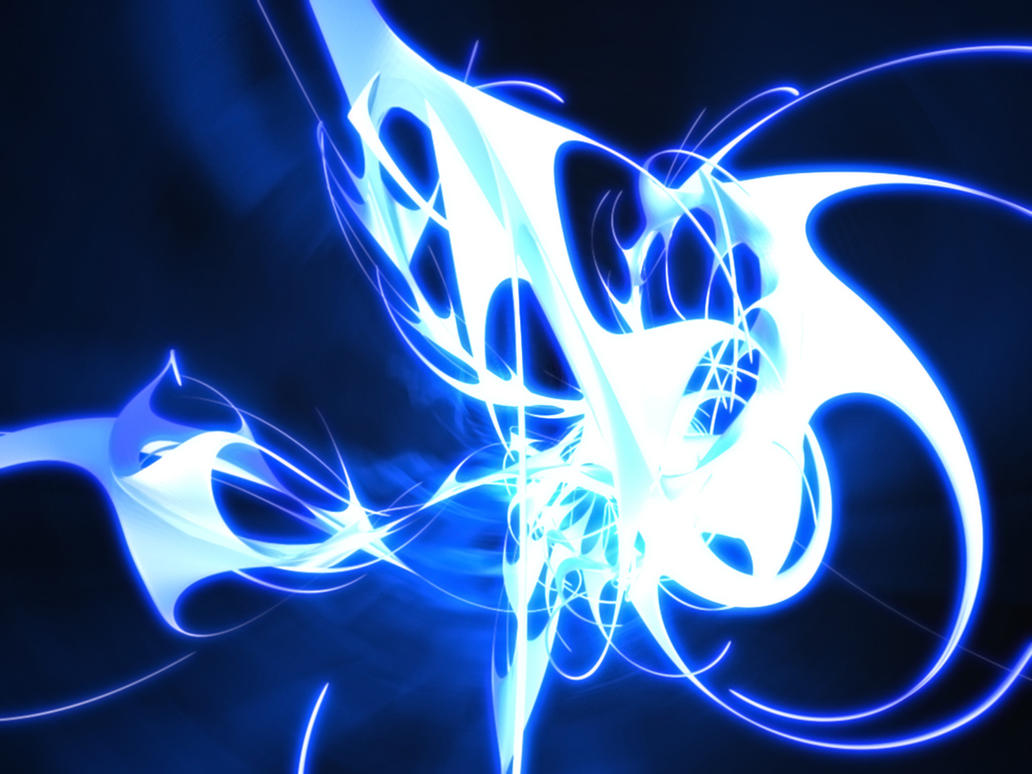
The Revolutionary United Front (RUF) adalah seorang tentara pemberontak yang berjuang gagal sebelas tahun perang di Sierra Leone , dimulai pada tahun 1991 dan berakhir pada tahun 2002. Hal ini kemudian berkembang menjadi sebuah partai politik , yang ada sampai tahun 2007.Ketiga pemimpin senior yang masih hidup, Issa Sesay , Morris Kallon dan Agustinus Gbao , divonis pada bulan Februari 2009 kejahatan perang dan kejahatan terhadap kemanusiaan.
The Revolutionary United Front awalnya bersatu sebagai kelompok yang dipimpin Sierra Leone Front Patriotik Nasional Liberia unsur di perbatasan dalam upaya untuk mereplikasi's sebelumnya sukses Charles Taylor di Liberia menjatuhkan pemerintah. [2]
Ketika itu yang pertama dijadikan, RUF mengajukan slogan, "Tidak Budak Lebih, No Masters Semakin. Power Kekayaan untuk Rakyat". Sedangkan tujuannya adalah jelas untuk menggulingkan pemerintahan Sierra Leone, RUF memberikan sedikit indikasi macam apa pemerintah akan menggantinya.Kelompok ini tidak menganjurkan Marxisme atau apapun yang serupa kiri ideologi, juga tidak menganjurkan ekstrim nasionalisme atau fasisme .Hal ini juga tidak mengklaim menjadi kekuatan tempur untuk kelompok etnis tertentu atau wilayah. Pada satu titik, selama negosiasi perdamaian yang sedang berlangsung pada tahun 1995, RUF menerbitkan sebuah pamflet berjudul "jalan setapak untuk Demokrasi: Menuju Sierra Leone Baru", yang berisi referensi retorika beberapa terhadap keadilan sosial dan pan-Africanism .
RUF diciptakan oleh Foday Sankoh , dari Temne dan Lokko latar belakang, dan dua sekutu, Kanu dan Rashid Abu Mansaray, dengan bantuan substansial dari Charles Taylor dari Liberia .Pada awalnya, RUF sangat populer di Sierra Leone, banyak di antaranya membenci sebuah Freetown elit dilihat sebagai korup dan memandang ke depan untuk pendidikan gratis yang dijanjikan dan perawatan kesehatan dan pembagian yang adil dari pendapatan berlian.Namun, RUF mengembangkan reputasi internasional untuk kekejaman luar biasa selama dekade-panjang perjuangannya.
English Languange:
The vast majority of regional warriors interviewed by Human Rights Watch had first fought with one of four armed groups; the National Patriotic Front of Liberia (NPFL) from 1989-1996, the United Liberation Movement for Democracy in Liberia (ULIMO) from 1992-1996, the Revolutionary United Front (RUF) of Sierra Leone from 1991-2001, or the Civil Defense Force (CDF) militias of Sierra Leone from 1994-2001.
Most had originally joined or been abducted and pressed into service as children. Those who had originally fought with the Liberian NPFL and ULIMO factions had been forcibly recruited or had joined voluntarily to more easily obtain food for themselves and their families. Some believed that by joining, they would be able protect themselves and their families from being harassed or targeted by armed factions, including the group they joined. A few others said that they joined to avenge the ethnic or tribally motivated violence that had claimed the life of a loved one. Nearly all of those who originally fought with the RUF had been abducted and pressed into military service. Almost all those in the Sierra Leonean CDF militia, the largest and most powerful of which is the Kamajors,3 said that they joined to protect their villages and communities from rebel attack.
A military intelligence source who has extensive experience in West Africa described the regional warriors as follows: “These guys form part of a regional militia I call the insurgent diaspora. They float in and out of wars and operate as they wish. They have no one to tell them where, when and how to behave. They’re been incorporated into militias and armies all over the place – Sierra Leone, Côte d’Ivoire – and are really the most dangerous tool that any government or rebel army can have.Rebels from the Revolutionary United Front (RUF) and Armed Forces Revolutionary Council [AFRC] patrol through the streets of Freetown, Sierra Leone shortly after a coup in May 1997 which overthrew democratically elected president Tejan Kabbah. Many Liberian fighters joined up with the joint RUF/AFRC forces during their nine months in power. © 1997 Corinne Dufka
In Sweet Battlefields: Youth and the Liberian Civil War, Swedish anthropologist Mats Utas explores the desperation felt by the youth drawn into the Liberian war. He writes: “For these young people, the daily prospect of poverty, joblessness and marginalization effectively blocked the paths to a normal adulthood; drawing them instead into a subculture characterized by abjection, resentment and rootlessness. As opportunity came, their voluntary enlistment into one of the several rebel armies of the civil war therefore became an attractive option for many.”5
While most joined their first armed group under duress, the vast majority of ex-combatants interviewed by Human Rights Watch willingly crossed borders to fight in any and all subsequent armed conflicts or ‘missions.’ Junior Toe, the Executive Director of Liberian Ex-combatants Anxious for Development (LEAD), a local non-governmental organization which advocates on behalf of ex-combatants, explains:
There was war in Liberia and the majority of Liberian parents were unable to support their children. So male or female, the easiest way for them to have money was through war. During the first war [1989-1996], most were forced into it, but they then got used to it and got attracted to taking things. Also, another problem was that after the first disarmament, people left them just like that. The process wasn’t complete – there was no job training or assistance with reintegration. After 1997 the situation started going bad and because of economic hardship, violence came again and the same children went back into the game, but this time they did it voluntarily. While some were forced – the majority went in voluntarily.6
As regional warriors, those interviewed by Human Rights Watch most frequently reported participation in the 1991-2002 Sierra Leonean armed conflict, the 2000-2001 cross-border attacks on Guinea from Liberia and Sierra Leone, the 1999-2003 Liberian armed conflict, and the 2002-2003 armed conflict in Côte d’Ivoire.
Since 1989, thousands of these fighters are estimated to have participated as armed protagonists in the regions conflicts’. The vast majority is believed to be Liberian or Sierra Leonean nationals, but fighters from Burkina Faso, Gambia, Ghana, Nigeria, Senegal and Guinea have also been involved. Anecdotal accounts from ex-combatants interviewed by Human Rights Watch corroborate reports from academic and official sources on the numbers involved: these estimates suggest that at least five hundred NPFL and a similar number of ULIMO fighters took part in Sierra Leone’s armed conflict, while a combined force of at least one thousand RUF and Liberian government troops participated in the 2000-2001 cross-border attacks on Guinea. During the 2002-2003 armed conflict in Côte d’Ivoire, the number of Liberians fighting for the Ivorian government was estimated to be between 1,500 and 2,500, while close to one thousand were thought to have fought alongside Ivorian rebels.7 The 1999-2003 Liberian war seems to have drawn in well over one thousand regional warriors, the vast majority of whom fought alongside the LURD.











